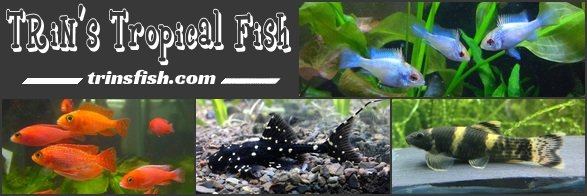Description
Water Cow Sleeper Goby (Eleotris picta) is a predatory species that requires specific care to thrive in captivity. Here is a care guide, tank mates, and breeding guide for Water Cow Sleeper Goby:
Care Guide: Water Cow Sleeper Goby is a hardy species that can tolerate a wide range of water conditions. They prefer a temperature range of 72-82°F and a pH range of 7.0-8.0. Water quality is crucial for their health, so it's important to provide them with a well-oxygenated and well-filtered tank. They are also a large and active fish that produce a lot of waste, so a larger tank size of at least 100 gallons is recommended to provide them with enough space to swim and hide.
Tank Mates: Water Cow Sleeper Goby is a predatory species that can eat smaller tank mates, so it's crucial to choose tank mates that are similar in size and can tolerate their active and predatory nature. Suitable tank mates for Water Cow Sleeper Goby should be at least as large as them and fast-swimming to avoid being eaten. Some suitable tank mates for Water Cow Sleeper Goby include:
- Larger cichlids such as Oscars or Severums
- Larger catfish such as Plecos or Synodontis
- Other predatory fish such as Arowanas or Peacock Bass
Breeding Guide: Water Cow Sleeper Goby can be challenging to breed in captivity as they require specific breeding conditions, including high water quality and the right water chemistry. To breed them, you will need a breeding pair in a spacious tank with a substrate of fine sand or gravel. They also require plenty of hiding places and territories to establish a peaceful breeding environment.
The breeding process typically involves the male building a bubble nest and attracting a female to it for spawning. After the eggs are fertilized, the male will guard and tend to the eggs until they hatch. The fry can be fed on newly hatched brine shrimp and other small live foods.
It's important to note that Water Cow Sleeper Goby is not a commonly bred species in captivity, and breeding success can vary depending on several factors, including water conditions, tank size, and diet.













